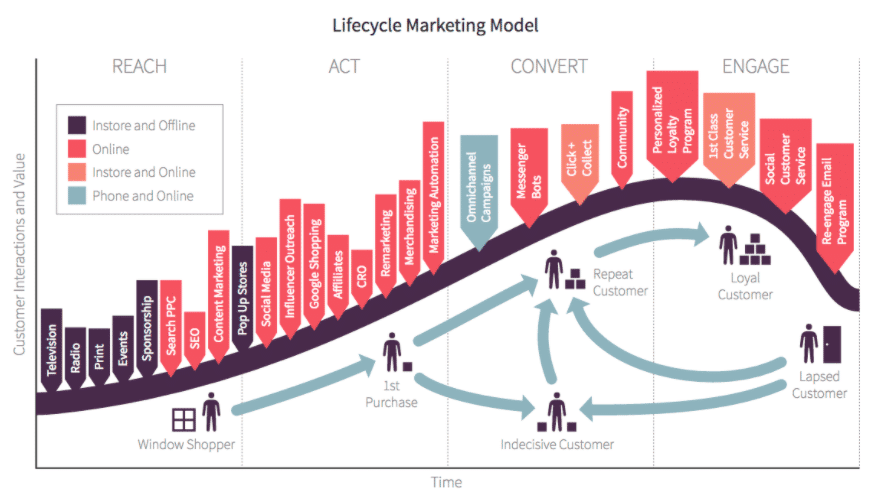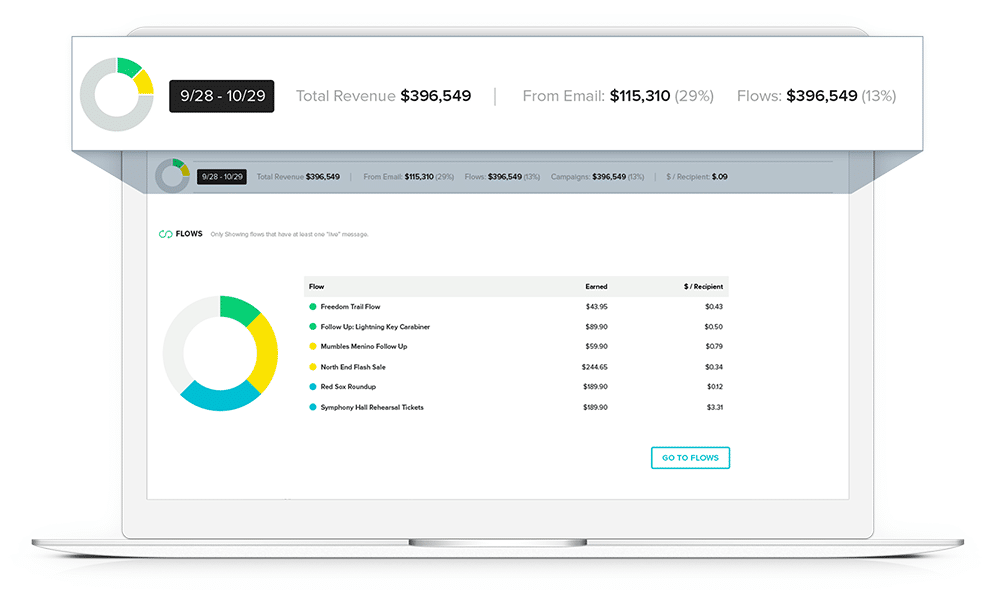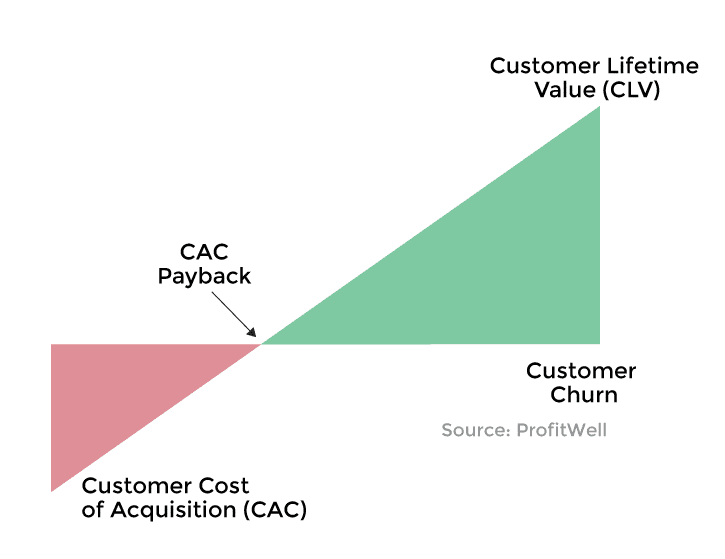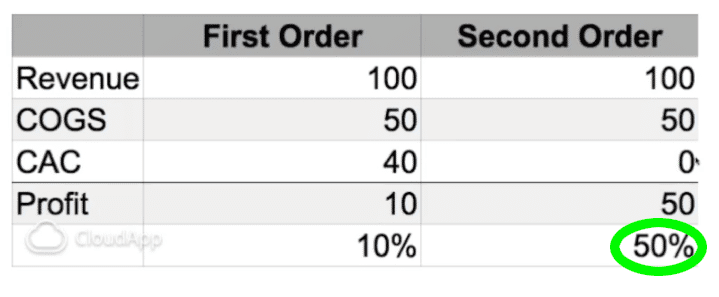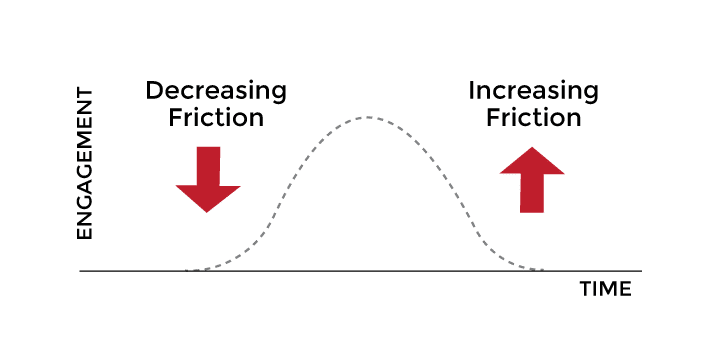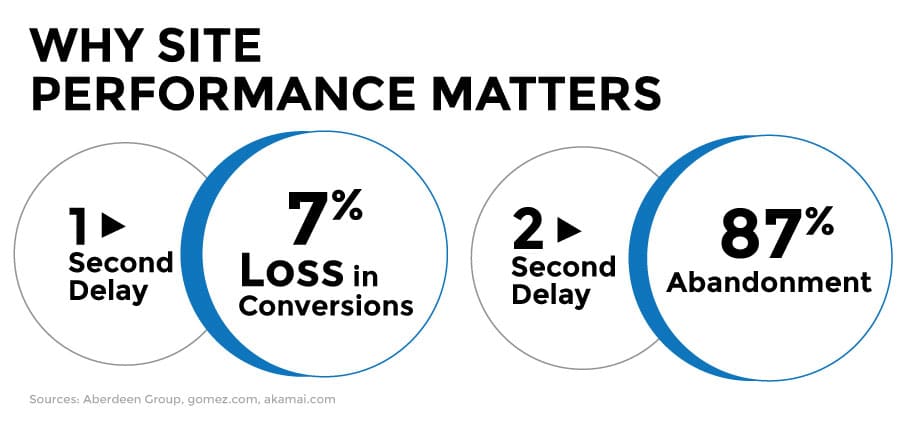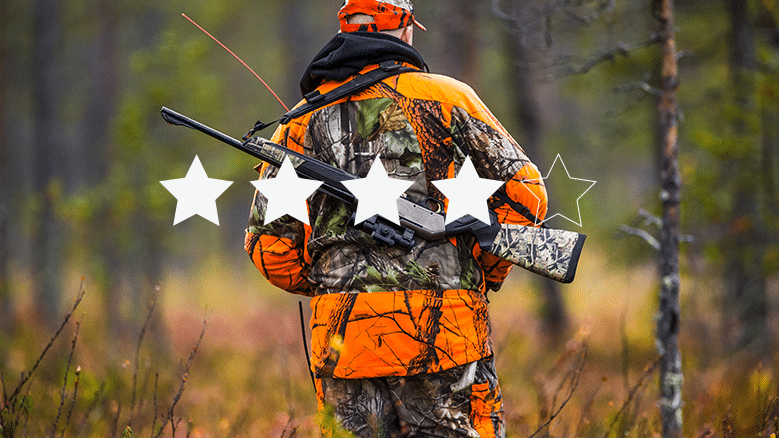
It’s not hard to figure out that online reviews are essential to building and maintaining a firearm, hunting or outdoor business these days. After all, we all use our phones, search engines, and social media profiles to look up new businesses and products every day.
Customer trust in businesses is fading. HubSpot Research found that customers trust recommendations from friends and family over any type of online marketing and advertising your brand can create. And in the absence of trusted recommendations, according to BrightLocal, 85% of consumers trust online reviews are much as personal recommendations—the single most trustworthy and credible source of “advertising” out there. (Source: Hubspot)
This fact puts an exclamation point on the notion that you need to establish a robust digital footprint and keep the positive feedback flowing.
What many marketers and business owners want is a way to speed this process up and make it less time-consuming. So today I want to share some quick and easy tips you can use to get the online reviews you need to boost your bottom line in the real world. Here’s how you can get started…
Make Your Brand Review-Worthy
Before we get into the online marketing component of things, it’s worth pointing out that the best thing you can do to get more and better online reviews is to build a great product and create a brand that cuts through the clutter. Make sure your team is well-trained, and your products or services represent good value for the money. Do that, and many of your customers will feel compelled to leave positive reviews for you just because they’ve had a good experience.
Complete Your Online Profiles
You can’t accumulate dozens or hundreds of positive online reviews if buyers don’t have a place to leave them. In addition to issuing a space for reviews on your website, it’s crucial that you have an existing presence on Yelp (Dealers and Instructors), Facebook, and glowing reviews on YouTube, Full30.com, industry blogs, and publisher sites. Having completed accounts with photos and contact details makes your business easier to find while encouraging customer feedback at the same time.
Double Check the Pertinent Details
Although you may be primarily concerned with accumulating reviews online, you should know that all of these profiles serve a secondary purpose, as well. Google will often scan online business listings to verify things like location and contact details. That makes it very important that all of your different profiles be consistent from one entry to the next. In search results, your ratings will also show up in the results that will further build trust with your prospects.
Get Some Social Buzz Going
The outdoor and firearms community is not shy about sharing and interacting on social media—encourage them to add their comments, reviews, and experiences on your Facebook page or your website directly. Not only will their friends and contacts be able to see their comments, but you may see your reviews multiply—as groups of acquaintances and people in their network get in on the act to share their stories and opinions. Don’t be afraid to engage—and make sure to be available on Messenger, online chat or set up a chatbot.
Automate the Process
Setting up your accounts and getting those first few reviews is the hardest part of the process, but the work isn’t finished once a few buyers say good things about your business. The key is to keep your profiles up to date and encourage even more positive feedback. That gets a lot easier when you have the right tools.
Several services can automate this process. We utilize workflows within HubSpot and Klaviyo to ask for reviews 14 days after our client’s customers purchase from them. Other options include Rivet Works or Podium that gives you the capability to ask for reviews via text over mobile.
You can also set up free Google alerts or purchase social listening software like Mention to help you stay on top of negative reviews and leverage the positive ones to drive engagement and online sales.
In conclusion, if you’ve been missing out on the tremendous upside presented by online reviews and other cost-effective web strategies, now is the perfect time to implement them.





